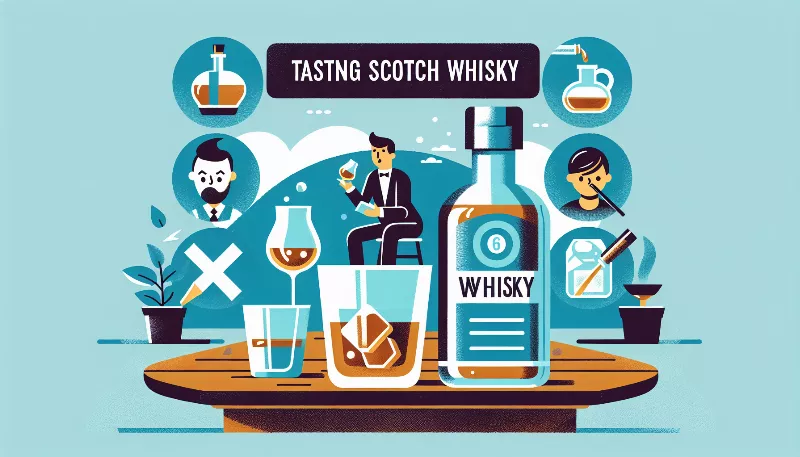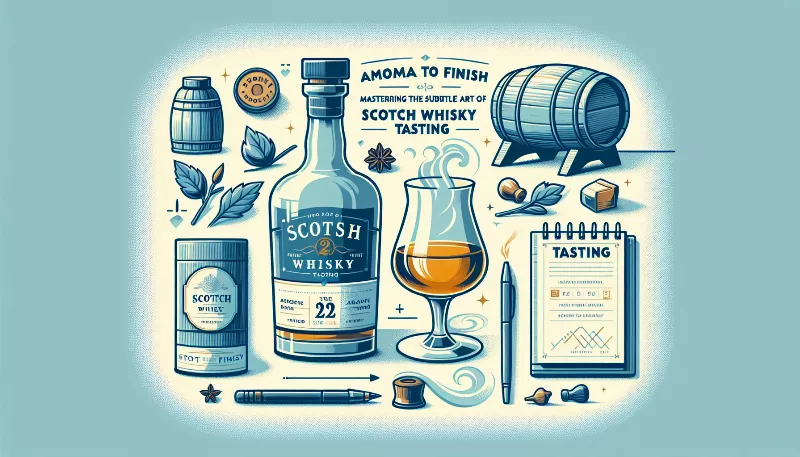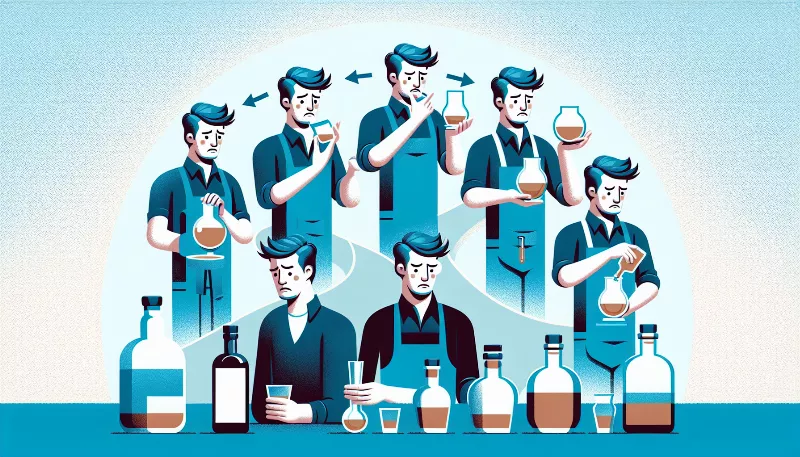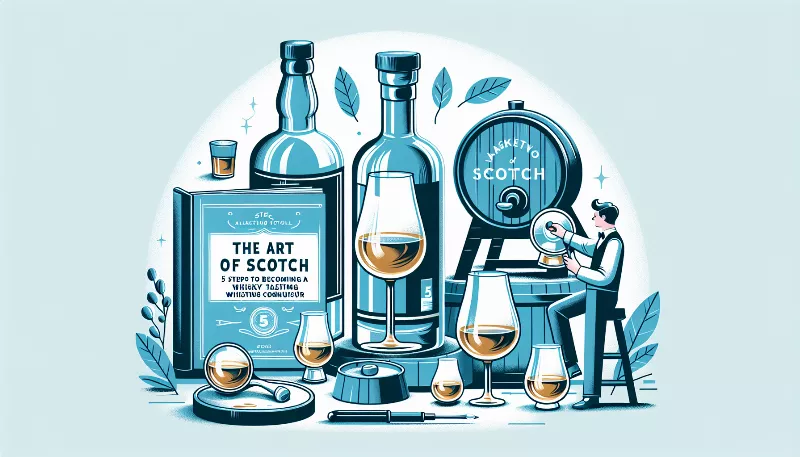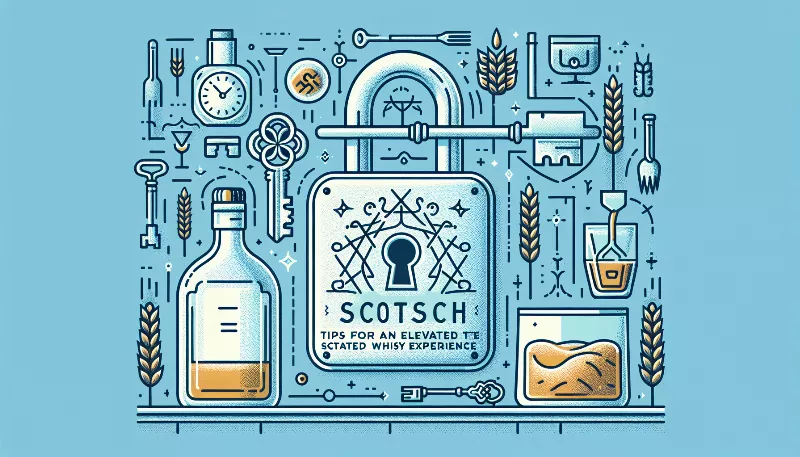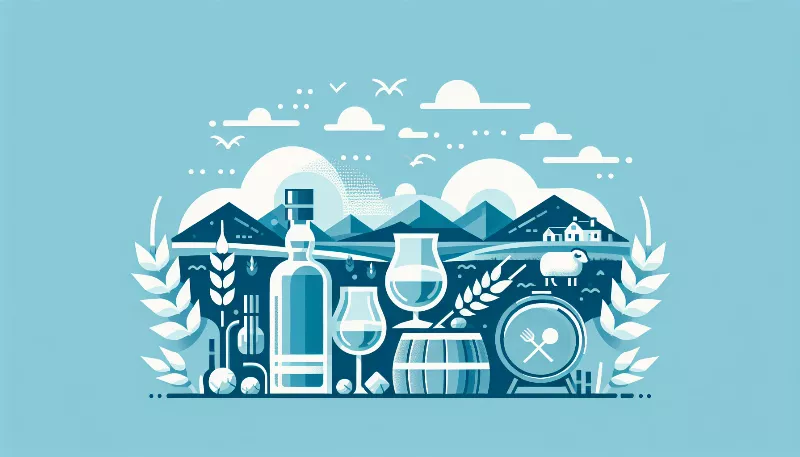From Peat Bogs to Pubs: The Journey of Scotch Whisky
Discover the rich history & flavors of Scotch whisky, from ancient peat bogs to your favorite pub. Savor the journey of Scotland's liquid gold!

The Birthplace of Scotch: The Peat Bogs
Imagine the misty highlands of Scotland, where the air is crisp and the landscape is dotted with peat bogs. These ancient wetlands are not just a feature of the terrain; they are the cradle of Scotch whisky's soul. Peat, an accumulation of partially decayed vegetation, is an essential ingredient in the traditional Scotch whisky-making process. When dried and burned, peat imbues the malted barley with a distinctive smoky flavor that is the hallmark of many classic Scotch whiskies. This magical transformation from earth to elixir begins with the careful extraction of peat, ensuring that the delicate balance of the ecosystem is maintained.
Malted Marvels: The Malting Process
After the peat is harvested, the journey continues at the malting house. Here, barley grains are soaked in water and allowed to germinate. This critical step converts the starches in the barley into fermentable sugars. The germination is halted by drying the grains with hot air, often fueled by peat fires, which infuses the malt with its signature smokiness. The malted barley is then ground into grist, which sets the stage for mashing and fermentation.
The Heart of Whisky: Mashing and Fermentation
The grist is mixed with hot water in a large vessel called a mash tun. This process, known as mashing, extracts the sugars from the grist, creating a sweet liquid called wort. The wort is then transferred to fermentation vessels, usually made of wood or stainless steel, where yeast is added. Over the course of several days, the yeast works its magic, turning the sugars into alcohol and creating a liquid called 'wash' with low alcohol content, similar to beer.
The Alchemy of Distillation
Now comes the transformative phase: distillation. The wash is heated in copper pot stills, where it boils and the vapors rise through the neck of the still before condensing back into liquid form. This process is repeated, often twice, to purify the spirit and concentrate the alcohol. It's during distillation that the skill of the distiller shines, as they make critical decisions that affect the final flavor profile of the whisky.
Aging Gracefully: The Maturation Process
Scotch whisky must be aged in oak casks for a minimum of three years, but many are left to mature much longer. During this time, the whisky develops complexity and character, drawing color, flavor, and aroma from the wood. The environment of the warehouse also plays a role, with temperature fluctuations aiding the interaction between whisky and wood. Each cask imparts its own unique touch, making every batch of Scotch a testament to the art of aging.
The Final Touch: Bottling and Beyond
Once the whisky has matured to perfection, it is time for bottling. Some whiskies are bottled as single malts, representing the pure expression of a single distillery, while others are blended to create a harmonious mix of flavors from different sources. After bottling, the whisky is ready to embark on its final journey to pubs and homes around the world, where enthusiasts eagerly await to savor the rich tapestry of flavors born from the peat bogs of Scotland.
In Every Glass: A Story of Tradition and Craftsmanship
From the rugged peat bogs to the warm, welcoming glow of a pub's hearth, Scotch whisky carries with it centuries of tradition and craftsmanship. Each sip is a tribute to the land, the people, and the passion that go into producing this liquid gold. So, the next time you raise a glass of Scotch, remember the incredible journey it has taken from the earthy depths of Scottish peat bogs to the comfort of your hand. Slàinte mhath!

